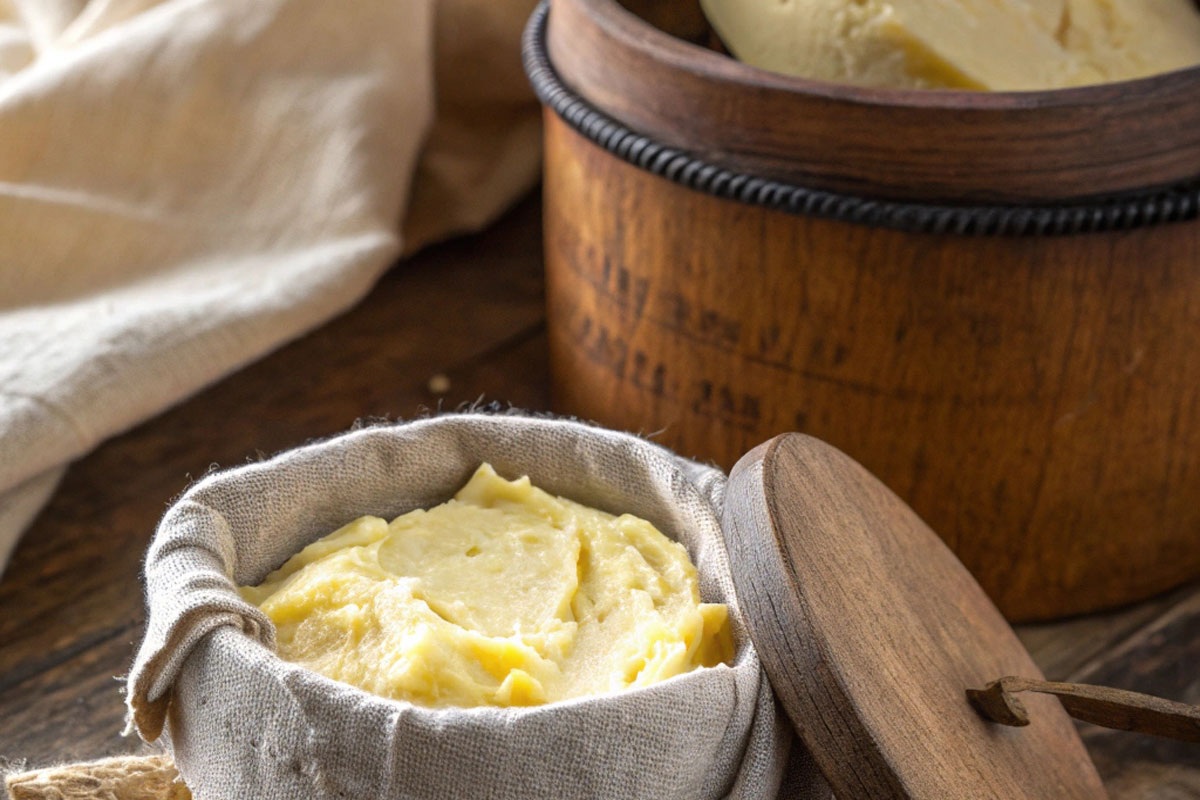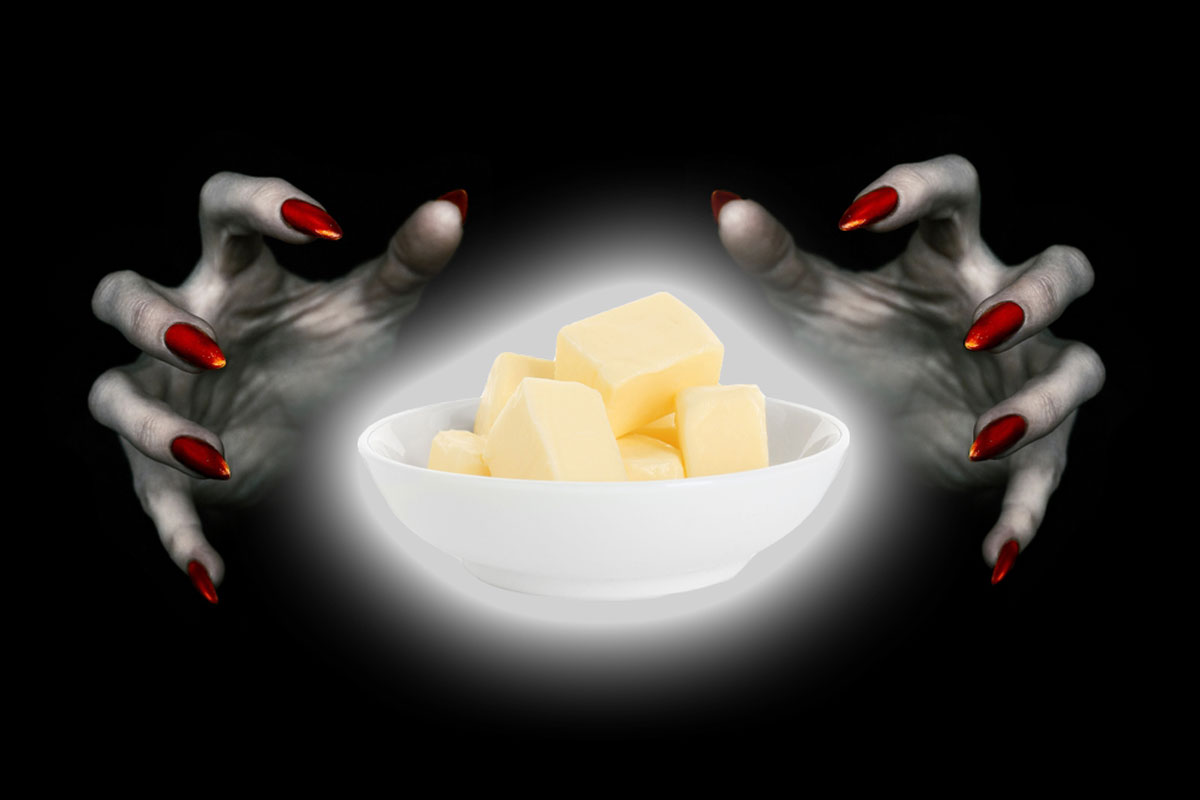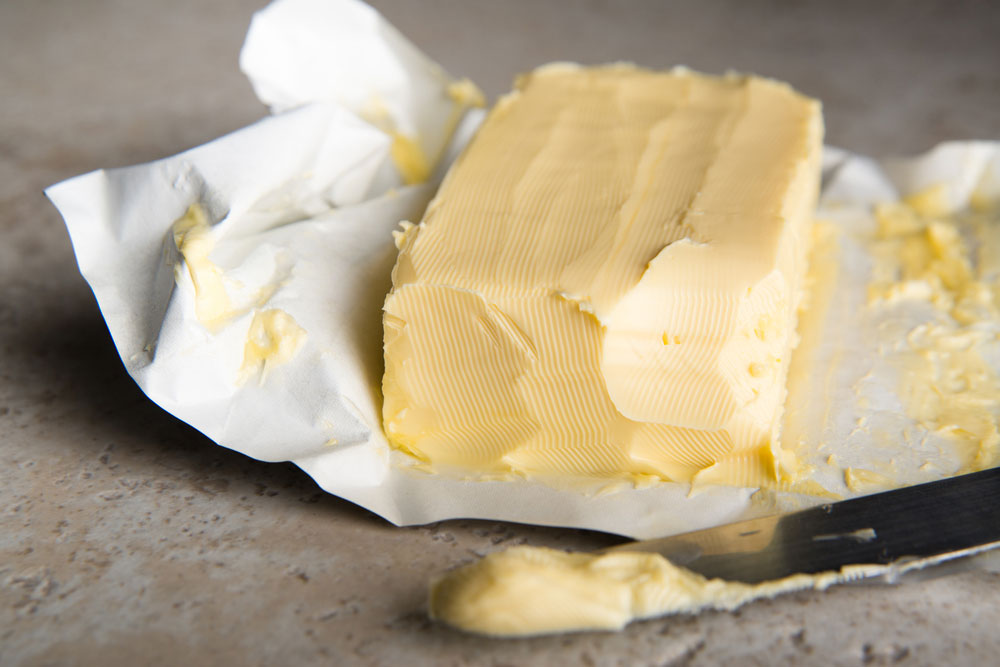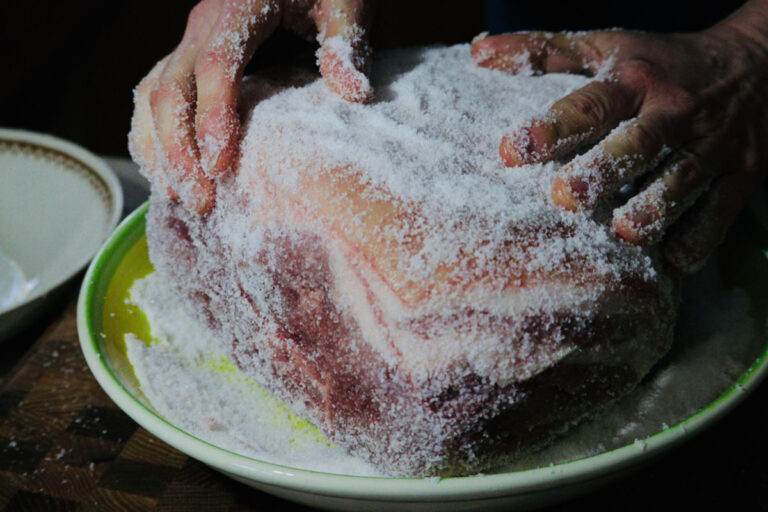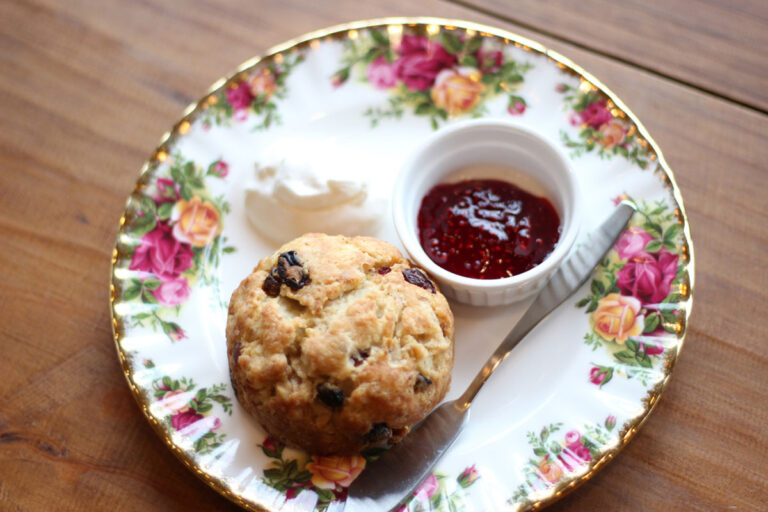The Mystery of Bog Butter
Deep within the ancient peat bogs of Ireland, archaeologists and farmers have uncovered something extraordinary—centuries-old lumps of butter, buried in wooden containers, animal bladders, or even wrapped in bark. This substance, known as bog butter, has fascinated historians, food scientists, and archaeologists alike. Some specimens have been found to be over 2,000 years old, yet still remarkably well-preserved.
But why did the ancient Irish deliberately bury their butter in the bogs? Was it a form of preservation, a hidden treasure, or perhaps something more ritualistic?
The Science Behind the Bogs
Ireland’s vast peat bogs are more than just striking landscapes—they are natural refrigerators. The conditions within these bogs are what made them perfect for preserving butter for years, decades, or even centuries.
Peat bogs are cold, acidic, and oxygen-deprived, which slows bacterial growth and prevents spoilage. When butter was buried in these bogs, it was effectively sealed off from air and microbes that would normally cause it to go rancid. Over time, the butter’s texture and flavor changed, becoming firmer, waxier, and sometimes acquiring a strong, earthy aroma from the surrounding peat.
But was bog butter merely a method of preservation, or was there a deeper cultural purpose behind this ancient practice?
More Than Just Preservation
While the cool, oxygen-poor environment of Ireland’s bogs made them ideal for preserving butter, historians believe that bog butter wasn’t just about food storage—it had deeper economic and cultural significance.
In early Irish society, butter was a luxury item. Unlike today, where butter is common, it was a prized food reserved for the wealthy or for special occasions. Some historians suggest that bog butter may have been a way to store surplus butter in a time before refrigeration, much like burying treasure. By hiding it in the bog, owners could protect their valuable dairy from thieves or raiders.
Others argue that bog butter could have had a ceremonial or ritualistic purpose. Some lumps have been found near ancient boundary lines, leading researchers to believe they may have been offerings to the gods or spirits as a way of blessing the land.
But what did this buried butter actually taste like after centuries underground?
The Taste of Time
What happens to butter after spending centuries underground? In recent years, archaeologists and food historians have uncovered well-preserved bog butter, with some dating back over 3,000 years. But the big question remains: Can you eat it?
The answer is yes—technically. When researchers and chefs have sampled bog butter, they describe it as having a waxy texture with a pungent, earthy aroma, often compared to strong-aged cheese. Some versions remain creamy and spreadable, while others harden over time. The taste varies depending on how long it was buried and the conditions of the bog. Some butter samples remain surprisingly mild, while others develop an intense, almost rancid flavor due to fermentation.
Despite its unusual taste, some chefs and experimental archaeologists have tried incorporating bog butter into modern dishes. From rich stews to rustic breads, it offers a unique connection to Ireland’s culinary past.
But while bog butter is fascinating, why did the practice of burying butter eventually disappear?
The End of a Tradition
As centuries passed, the practice of burying butter in bogs gradually faded. By the 19th century, advancements in dairy farming, preservation techniques, and transportation reduced the need for underground storage. The introduction of salted butter, cool storage, and later, refrigeration made it easier to keep butter fresh for extended periods without relying on bogs.
Additionally, the shift from small-scale, home-based dairy production to commercial butter-making changed how people stored and used butter. Butter became more widely available and affordable, reducing the necessity of preserving large quantities for long periods.
Though the tradition of bog butter has vanished from everyday life, its archaeological discoveries continue to captivate historians, food experts, and curious minds. These unearthed relics offer a rare glimpse into Ireland’s culinary past, showing how ancient people ingeniously adapted to their environment.
Today, bog butter remains a fascinating piece of Irish history, celebrated in museums, research studies, and even culinary experiments. While we no longer bury butter in bogs, the legend of this unique tradition continues to live on—a true taste of Ireland’s past.
THE BUTTER WITCH: IRISH DAIRY SUPERSTITIONS AND CURSED CHURNS
The Fear of Stolen Butter For centuries, dairy was a vital part of rural Irish life. Milk, butter, and cheese provided essential sustenance, and their production was seen as both an art and a form of magic. But with such importance placed on dairy, people feared that supernatural forces—or envious...
Read More...WHAT MAKES IRISH BUTTER SO SPECIAL? THE SECRET TO ITS CREAMY DELICIOUSNESS
Irish butter has a well-deserved reputation for being of outstanding quality and having a memorable flavor. This golden pleasure is distinguished from other butters on the market by its rich, creamy flavor and velvety texture. But what makes Irish butter so unique? Let’s delve into the secrets of Irish butters...
Read More...



